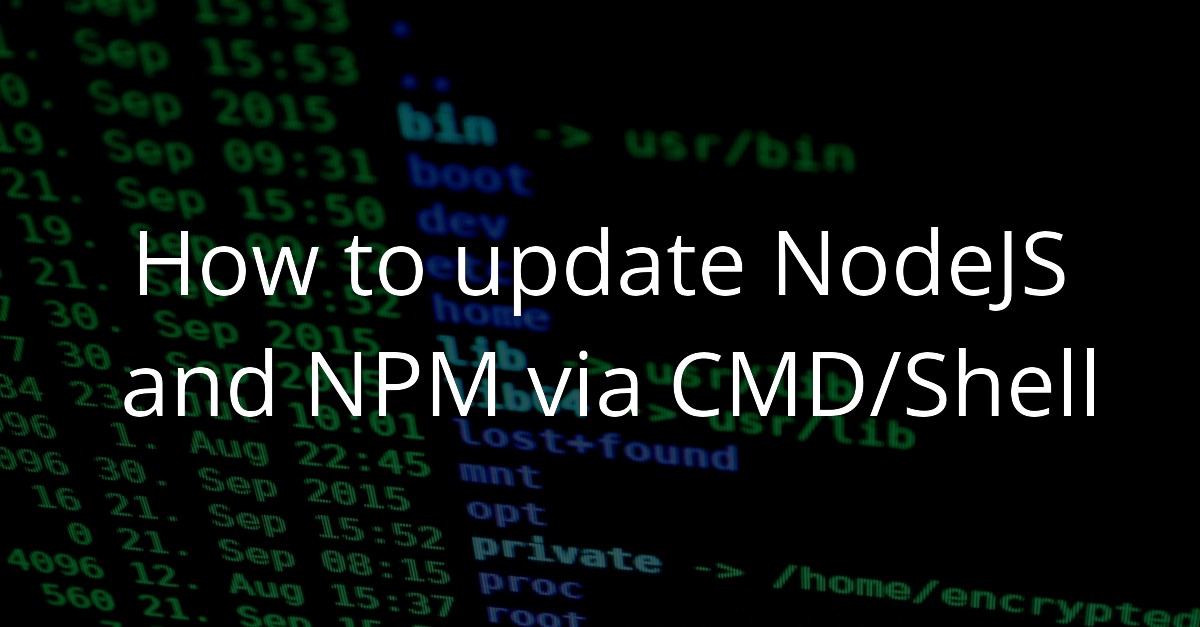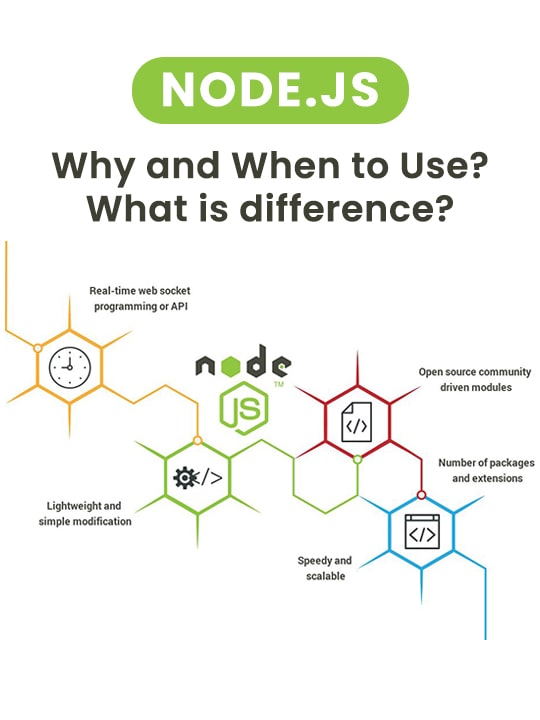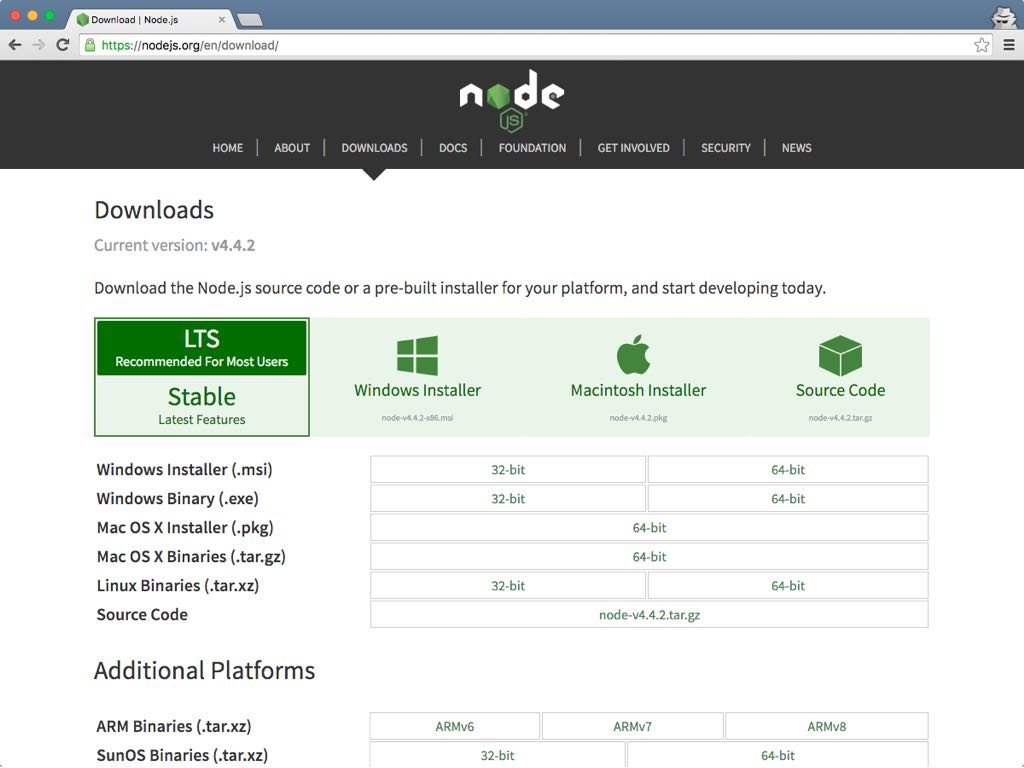

Since the existing Homebrew installation wouldn't allow my updating or installing packages anymore because of more restrictive OS permissions, I was faced with "update the x86 homebrew" or “use an experimental cutting-edge ARM build”. This will help you maintain a more organized and efficient development environment.Comparing Chrome via Rosetta 2 and native arm64 build. By using NVM, you can manage multiple Node.js versions on your system, making it easier to work with different projects that require specific Node.js versions.
#Brew update node js how to
In this article, we’ve demonstrated how to install NVM on macOS using Homebrew.

This command will update NVM to the latest version, along with any dependencies that need updating.

#Brew update node js upgrade
When a new version of NVM becomes available, you can update it using Homebrew: brew upgrade nvm To switch between installed Node.js versions, use the nvm use command: nvm use Replace with the desired Node.js version (e.g., 16.13.0). To install a specific version of Node.js, use: nvm install To install the latest LTS (Long Term Support) version of Node.js, run: nvm install -lts With NVM installed, you can now easily install and manage multiple Node.js versions. This command should display the installed NVM version, indicating that the installation was successful. To verify that NVM has been installed correctly, run the following command: nvm -version zshrc with the appropriate shell configuration file if you’re using a different shell.) To apply the changes, restart your terminal or run the following command: ```bash For nano, press CTRL + X, then Y, and then Enter. Save the changes and exit the text editor. These lines set the NVM directory and load NVM and its bash completion when a new terminal session is started. "/opt/homebrew/opt/nvm/etc/bash_completion.d/nvm" # This loads nvm bash_completion "/opt/homebrew/opt/nvm/nvm.sh" # This loads nvm zshrc file using the nano text editor, run: nano ~/.zshrcĪdd the following lines to the end of the file: export NVM_DIR="$HOME/.nvm" If you’re using zsh, it will be ~/.zshrc.įor example, to open the. If you’re using the default bash shell, this will be ~/.bash_profile or ~/.bashrc. Next, open your shell configuration file.
#Brew update node js download
Homebrew will download and install NVM, as well as any required dependencies.Īfter installing NVM, you need to create a new directory for it and update your shell configuration to load NVM whenever a new terminal session is started.įirst, create a new directory for NVM: mkdir ~/.nvm To install NVM using Homebrew, open your terminal and run the following command: brew install nvm


 0 kommentar(er)
0 kommentar(er)
